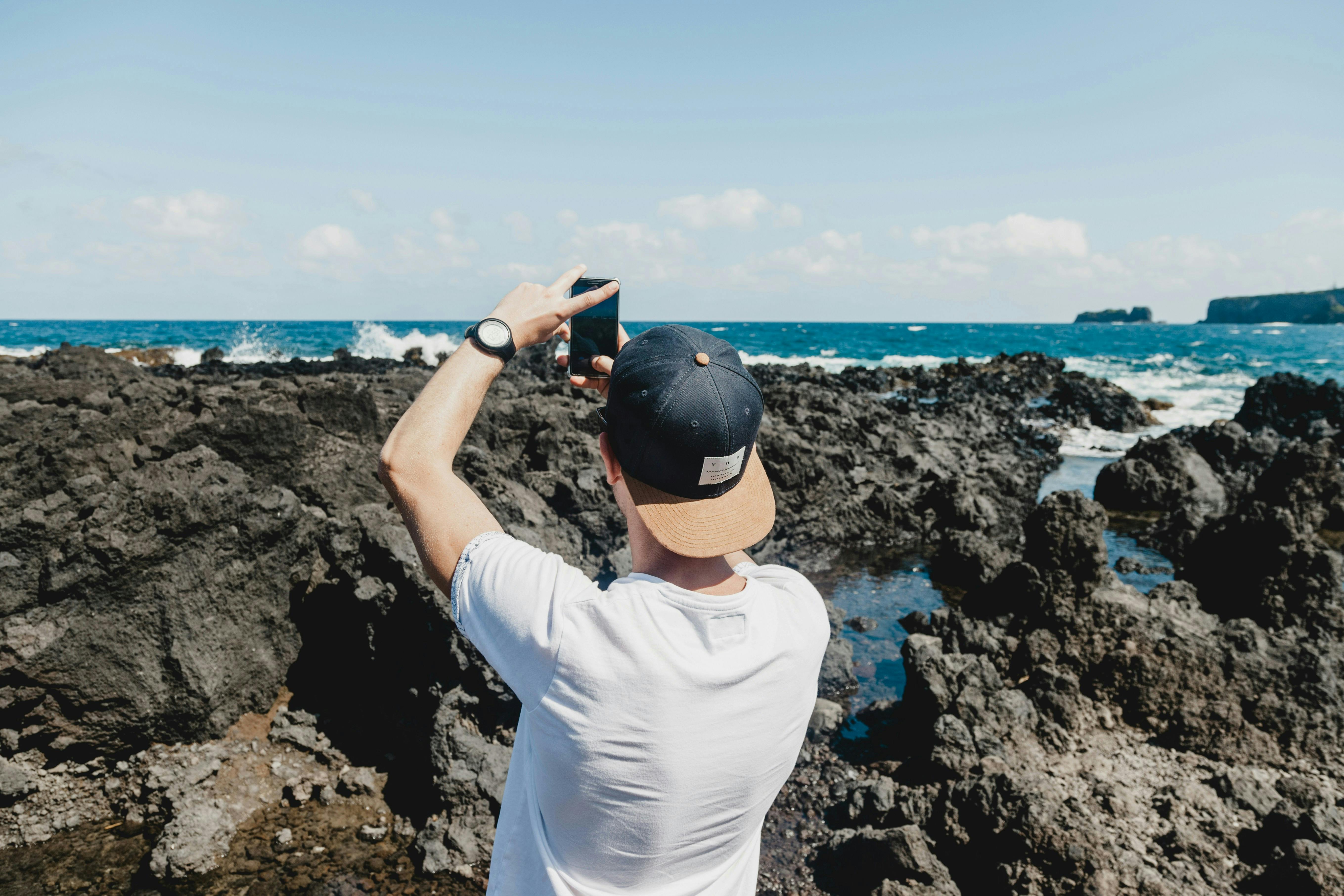Summer’s not over yet – there’s still time for posts of beautiful beaches and stunning sunsets. Isabella Benayoun at Kepler explains how marketers can capitalize on tourists’ search for social content. Tourists will go to many lengths to get that perfect picture / Georgia de Lotz via Unsplash In today‘s travel industry, social media is indispensable.
People use different platforms to gather travel recommendations from peers and individuals with similar interests, while social media has streamlined the trip-planning process, and enabled travelers to research, book, and manage their itineraries more seamlessly. To effectively leverage this shift in behavior, marketers should stay up-to-date with the latest travel and social media trends. In this way, they can ensure their content remains both relevant and engaging.

Here are the major trends to be aware of to capitalize on this evolving landscape. Dupes, groups, and surprise locations With the cost-of-living crisis continuing to pressure consumers, many have gotten creative with their holidays – while making cost-effective choices. Over recent years, we’ve seen the rise of ‘travel dupes,’ or more budget-friendly alternatives to classic holiday travel spots.
Montenegro, instead of Croatia; Malta, instead of Italy; and Paros, instead of Santorini. All examples of destinations that benefit from being affordable. While the travel dupe trend has been bashed by some who say you can’t really ‘dupe’ a destination, this trend has its upsides.
Firstly, the rise of cheaper destinations has helped to take pressure off the most popular locations, as prices keep rising there. This has helped make travel more accessible. It also helps to prevent overcrowding in some of the most visited places, such as Barcelona which has recently seen protests against tourism .
Advertisement Even as costs rise, the desire to travel and have new and different experiences has remained consistent. Another trend revolving partly around social media is that of consumers mystery destinations. Many providers of these surprise holidays have popped up, gaining a lot of attention on social media – particularly because the idea of traveling to an unknown destination creates such a unique and interesting storyline to pull users in and also to share with audiences.
In our post-pandemic era, it’s clear that consumers want to break up the status quo and have new adventures. Hence, we’ve seen the trend towards mystery travel blow up in recent years. A big draw of travel has always been to make new connections and meet new people, as well as experience new places and things – and that hasn’t changed.
While solo travel is still booming, there’s also been a rise in interest recently in group experiences, including group tours and social accommodation options, to full-on group holidays. Travel is seen as more than just a chance to escape – it’s also a chance to connect and make new friends as well. Advertisement See you down the front It’s no secret that pop culture heavily influences our lifestyle choices.
But, when it comes to travel, this behavior can be observed to an extreme degree. Movies and TV have long been a point of inspiration for tourists. White Lotus drew people to Sicily, Game of Thrones took them to Dubrovnik, and Bridgerton drew people to Bath.
On a more micro level, consumers are willing to travel for more niche experiences found on their social media feeds. People will plan an entire holiday around getting a perfect social media post. Trends like the viral affogato in Florence , head spas in South Korea, or the mountain views of Switzerland all shape how today’s social consumers choose to travel.
Catch up on the most important stories of the day, curated by our editorial team. See the best ads of the last week - all in one place. Learn how to pitch to our editors and get published on The Drum.
Similarly, while events have often been a pull for travelers, the post-pandemic era has seen a boom in tourists planning holidays around not just places, but events that they want to attend. Music is one example of this, with growing tourist crowds at festivals like Glastonbury, Tomorrowland, and Coachella. Even individual artists’ tours are enough to get consumers to book holidays.
Both Taylor Swift’s Eras Tour and Beyonce’s Renaissance Tour had large numbers of international attendees. Sporting events are also a popular driver of holiday choices, with consumers booking trips around events such as the Olympics, the Euros, and the Formula One Grand Prix. These events have created noticeable booms in local economies, from increased airline ticket sales to booked-out hotel rooms.
They also lead to spikes in local spending in bars and restaurants. The integration of social media and the travel industry has transformed the way travelers plan and experience their trips. Marketers who adapt to these evolving trends well can hopefully capture the attention of modern travelers.
Which leaves only one thing to say – Bon voyage!.



















